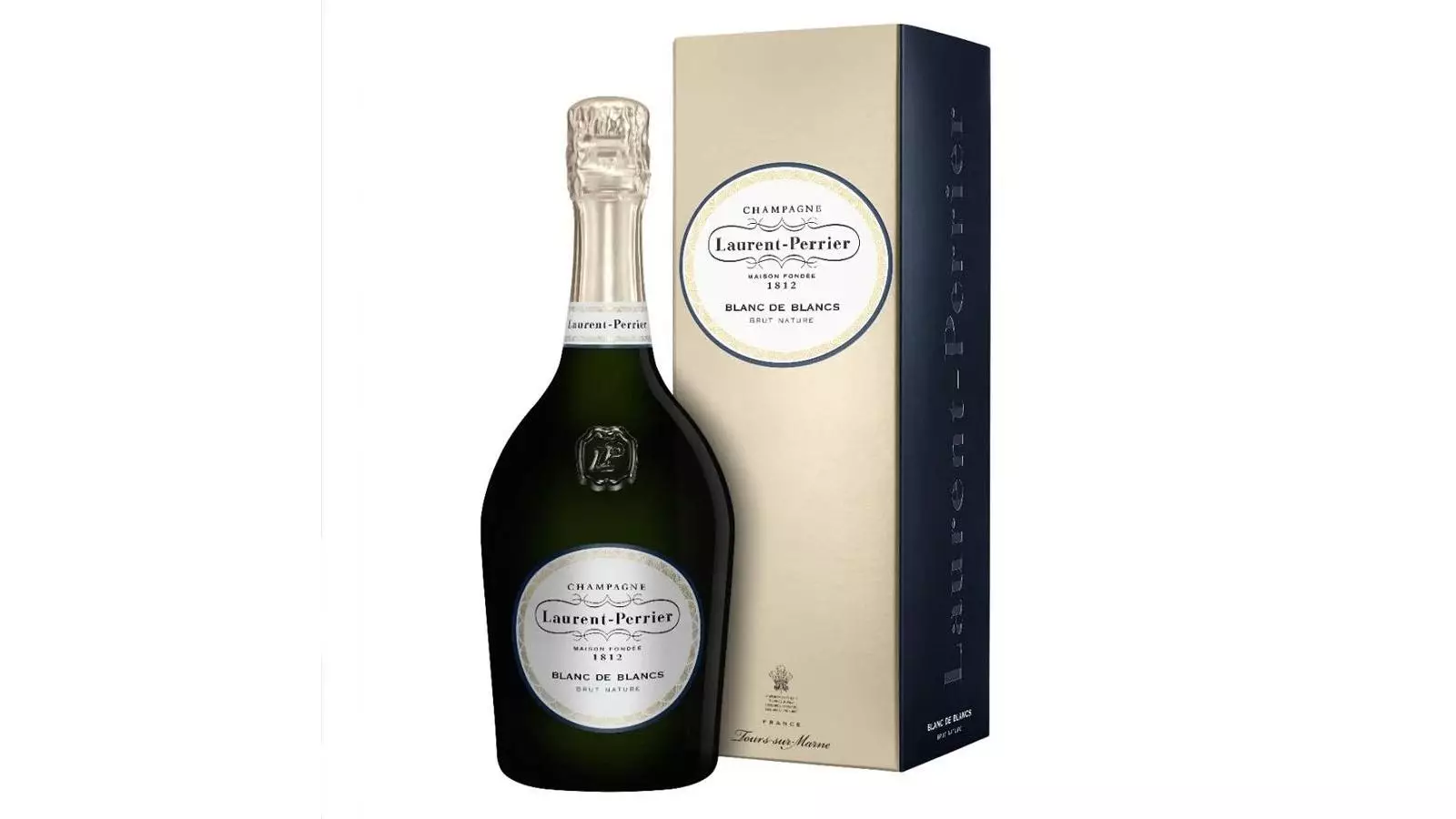Champagne has long captivated palates and hearts alike, often being synonymous with jubilant celebrations and momentous occasions. However, its appeal is rooted in deep traditions, exceptional craftsmanship, and the unique terroir from which it originates. This article delves into the intricacies of Champagne, revealing why it has earned its place as a staple beverage that transcends mere toasts and elevates daily experiences.
Nestled in northeastern France, approximately 90 miles from Paris, the Champagne region boasts a distinct geographical makeup that greatly influences its wines. Constructed from five primary zones—Montagne de Reims, Vallée de la Marne, Côte des Blancs, Côte de Sézanne, and the Aube—each area contributes unique characteristics to its grapes. The combination of a cooler climate and chalky soil serves as the ideal environment for cultivating the three principal grape varieties: Chardonnay, Pinot Noir, and Pinot Meunier. These elements collectively yield the aromatic, elegant, and sophisticated profiles that Champagne is renowned for.
The methodical process of winemaking in this region showcases an amalgamation of both tradition and modern innovation, resulting in sparkling wines that are not only exquisite in taste but are also marked by their artistry. The Champagne houses are now home to a new generation of winemakers eager to push the boundaries of this historical craft through burgeoning techniques and styles.
In recent years, Champagne has witnessed a significant revival among enthusiasts and those exploring the drink beyond ceremonial functions. With a growing appreciation for its versatility, Champagne can easily slide into everyday moments—from casual dining experiences to sophisticated feasts. The drink’s lively acidity and complex flavor profiles make it an ideal companion for a plethora of dishes: from light seafood to buttery sauces and rich meats, there is a pairing for every palate.
Indeed, one could argue that for those seeking to elevate an unassuming dining experience—even something as modest as street food—Champagne proves to be an exceptional complement. The effervescence and refreshing nature of a good Champagne can transform even the simplest meal into something extraordinary.
When it comes to storing Champagne, the preservation of its signature bubbles is paramount. Once opened, a bottle of Champagne can lose its sparkle relatively quickly—typically within just a few days. On the contrary, if left unopened and properly stored, a bottle can maintain its quality for up to 15 years. Proper storage involves placing the bottles on their side in a cool, dark place, which prevents the cork from drying out and compromising the wine’s integrity.
To further illustrate the brilliance of this sparkling wine, let’s explore a few notable options that stand out in today’s diverse Champagne market.
First on the list is Laurent-Perrier’s ‘sans dosage’ pure Champagne, showcasing an exquisite expression of 100% Chardonnay. Sourced from Grand Cru and Premier Cru vineyards, its bright and fresh disposition is accentuated by rich citrus notes and a clean finish, making it an excellent pairing for delicate seafood dishes.
Meanwhile, Idris Elba’s Petite Porte Noire Brut NV, produced in collaboration with Champagne Sanger, combines Chardonnay, Pinot Noir, and Pinot Meunier to offer a harmoniously balanced experience. With its liveliness and delicate white fruit notes, this Champagne captures both elegance and a dash of celebrity charm.
Another standout is the Rare Champagne Millésime Brut 2008, which has garnered the accolade of “Supreme World Champion” at the 2023 CSWWC. This vintage blends 70% Chardonnay and 30% Pinot Noir from Grand Cru vineyards, resulting in a rich tapestry of flavors that includes sweet peach, pineapple, and subtle hints of fresh pastries.
Billecart-Salmon’s Brut Rosé brings yet another dimension to the table. This historic family-run estate has produced a stunning pale pink Champagne, fusing sharp red fruit flavors—particularly strawberries and raspberries—with notes of brioche and spice. Its bright profile makes it perfect for lighter fare or simply enjoyed as a refreshing sip on its own.
Lastly, the Blanc de Blancs 2014 from Maison Bruno Paillard is a testament to the potential of Chardonnay, nurtured over seven years on its lees to develop a complexity that balances richness and freshness. This Champagne beautifully reflects the artistry of the region and is a fantastic choice for gifting or special occasions.
Ultimately, Champagne extends far beyond being merely a celebratory libation. It embodies a rich heritage and an evolving narrative within the wine industry. As connoisseurs and casual drinkers alike rediscover its versatility, Champagne finds its rightful place in a wide array of dining experiences—an elegant companion to both grand occasions and simple pleasures. With its refined elegance and intricate flavors, there truly is no wrong time to indulge in a glass of Champagne.


Leave a Reply